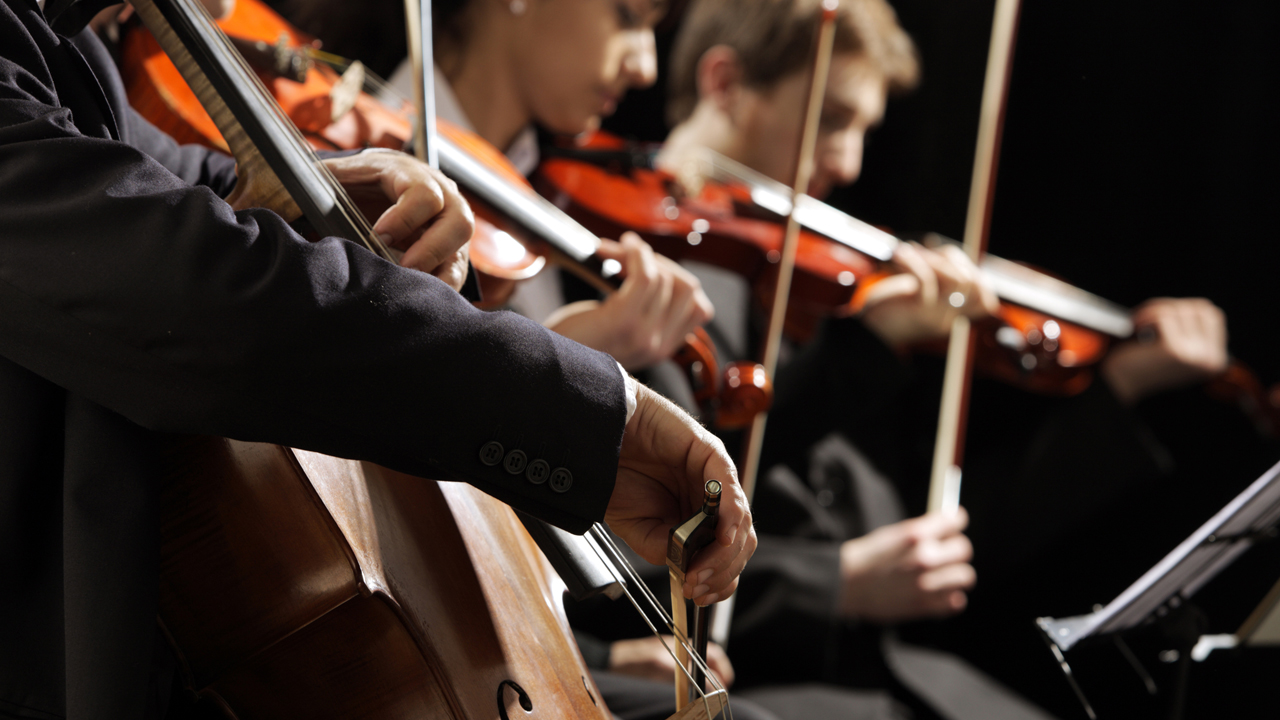
Suppose a flute player and a bass player are playing a tune where they must hit notes simultaneously. A new University of Minnesota study suggests that if a high flute note comes a tad earlier than its bass counterpart, the audience probably won't notice. But if the bass note comes early, they will.
Also, the ability to detect a lack of synchrony between a low note and a high note had nothing to do with whether either note came on the beat; all that mattered was the order in which the notes were played.
The study revealed quirks in how humans process and perceive musical sounds that have evolutionary significance. And because it concerns how the inner ear and brain work together, it could aid in the design of better hearing aids or cochlear implants.
“These surprising results have given us more insight into the complex interactions that occur between the ear and brain when we perceive sound,” says Andrew Oxenham, a psychology professor and study author.
Other authors are psychology researchers Magdalena Wojtczak and Anahita Mehta. The study is published in the Proceedings of the National Academy of Sciences.
We Got Rhythm—Sometimes
The researchers tested volunteers with normal hearing, presenting them with pairs of tones. Each pair had one low and one high tone, corresponding, respectively, to G below middle C and A sharp (B flat) above middle C, a range of an octave plus one-and-a-half notes.
Sometimes the two tones were simultaneous and on the beat, and sometimes one was 50 milliseconds (one-twentieth of a second) early or late. The team used EEG and behavioral activity to monitor whether either the brain or the volunteers' conscious perception could pick up timing differences within a pair of tones.
By both measures, the results showed:
If the low note came early or high note late (low—>high), the timing difference was detected. If the low note came late or high note early (high—>low), the notes sounded simultaneous.
The researchers were surprised to learn that a low note could sneak in after a high one without the delay being detected. Low notes have longer wavelengths, and the cochlea of the inner ear takes longer to respond to them. Thus, if a low note comes in late, one would expect that delay to compound the delay that already exists in the inner ear, and humans would detect it. But the opposite happened.
"What we discovered is that the brain seems to compensate for the inner ear's built-in delay in giving us an accurate report on low notes," says Oxenham. "We think this is an example of how the auditory system has evolved to deal with things that regularly happen either together or not."
Oxenham points to what happens if a person is trying to associate the sounds of speech with the visual images of moving lips. They may be simultaneous, but light travels much faster than sound. Therefore, the brain compensates so that the sounds and images can be associated with each other.
"It helps in learning language if we can see lips and hear the sounds at the same time," he says.
And the Beat Goes On
Another result of the study concerned the question of why low-pitched instruments are so often used to keep rhythm. Are the brain and ear better able to detect the beat if it's played by bass instruments?
"We found that, contrary to what was believed, low notes don't help us keep time better than high notes," says Oxenham. "The people we studied were just as good at detecting irregularities in rhythm with high notes."
In other research, Oxenham and his colleagues are seeking better ways to convey pitch in cochlear implants.
"This would help people understand speech, especially in the presence of background noise," he says.
Oxenham and colleagues Gordon Legge and Peggy Nelson are co-directors of the University's Center for Applied and Translational Sensory Science (CATSS), dedicated to studies that help in clinical diagnosis and devices such as cochlear implants, hearing aids and retinal implants.